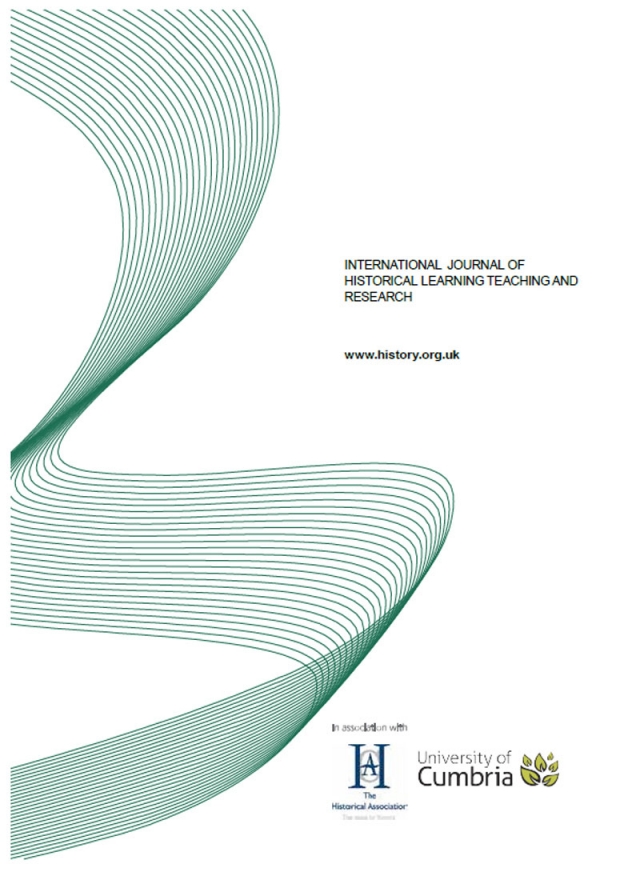Narrating “Histories of Spain”

Student Teachers and the Construction of National Narratives
International Journal of Historical Learning, Teaching and Research [IJHLTR], Volume 15, Number 1 – Autumn/Winter 2017
ISSN: 14472-9474
Abstract
This study analyses the role of Spanish teacher training students as narrators of what they consider to be the history of Spain. Results of this empirical study are based on a random sample of 103 narratives produced by trainee primary education teachers (20-22 years of age) studying at the University of Murcia. We are interested in understanding the role of students as agents of historical knowledge.
Recent research in history education has stressed the need to vindicate the active role of students in the creation of historical narratives. How do students construct their accounts of history? How do they reflect narratives of school-taught history? Their narratives always reveal certain forms and skills employed to represent the past. This study focuses on this perspective. We have analysed their extra-curricular knowledge (family, social environments, mass media and other cultural products such as TV series, videogames, websites, etc.) and their memories of school history (curriculum, textbooks, teachers) using a mixed quantitative and qualitative methodology.
Our qualitative methodology is based on grounded theory and, in order to analyse discourse, we have used quantitative methodology with the analysis of key events and historical figures present in the narrative, in an attempt to categorise second order concepts and sources of historical knowledge. In the results, essentialist and traditional representations of this historical knowledge can be appreciated.
Reported major events are related to a traditional political reading of history and linked to genesis and nation-building events: showing heroes and antiheroes of a national narrative. Regarding the sources of knowledge, teachers’ explanations, textbooks and museums are the factors most valued by students.
Introduction
When it comes to research on the teaching of history today, two issues stand out as being particularly significant; the reasoning of students with regard to history and their narrative representations of the past. Over the course of the last two decades, research on narrative thought has been tackled in an interdisciplinary manner, both from the point of view of social science and from the humanities (Liu, 2013). As far as the teaching of history and other areas of the social sciences is concerned, the analysis of narratives constitutes a significant line of research (Henríquez & Ruiz, 2014). This process has occurred in parallel with historiographical discussions regarding the value of narration in the explanation of history (Ankersmit, 2001). Historical knowledge and the construction of narratives are closely linked (Carretero, Van Alphen, 2014), with narratives of historical topics (explanatory accounts and reasoning based on the use of sources) constituting fundamental instruments for researching and teaching the development of historical thought at different levels of education. Narratives of a historical nature (explanatory accounts and reasoning based on sources) are fundamental tools for researching and teaching the development of historical thought at different levels of education. The analysis of these narratives is approached, above all, from a qualitative perspective, applying a hermeneutical and phenomenological focus (Carretero & Van Alphen, 2014; Chapman, 2011; López, Carretero & Rodríguez-Moneo, 2014; Monte-Sano, 2010). However, the field of social psychology has also made advances by combining these qualitative methods with quantitative techniques which enable social representations to be researched via the use of narratives (Fülöp, Lázsló, 2013; Lázlo, 2008; McAdams, 2006).
Attached files:
- International Journal 15.1 - Gomez, Facal and Carrasco
338.9 KB PDF document

